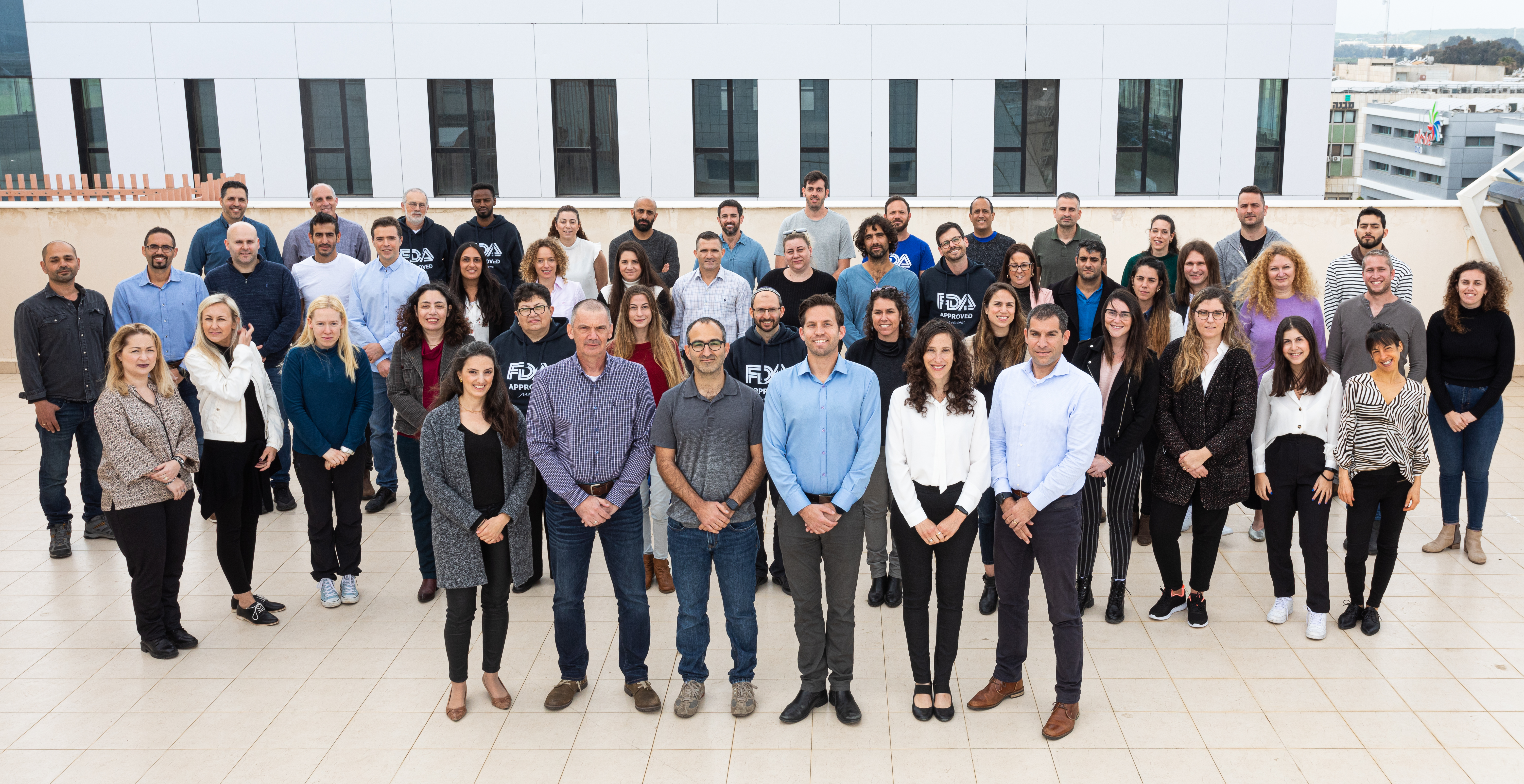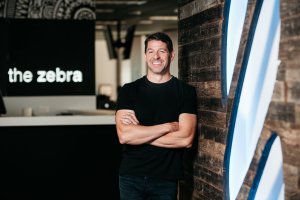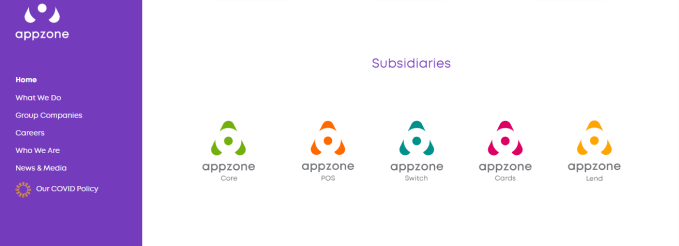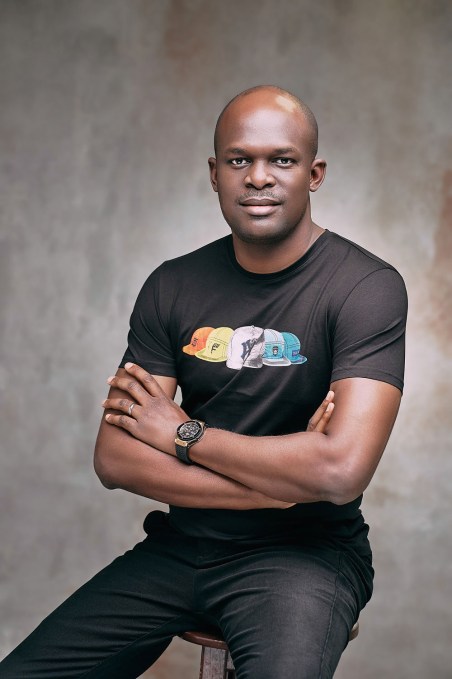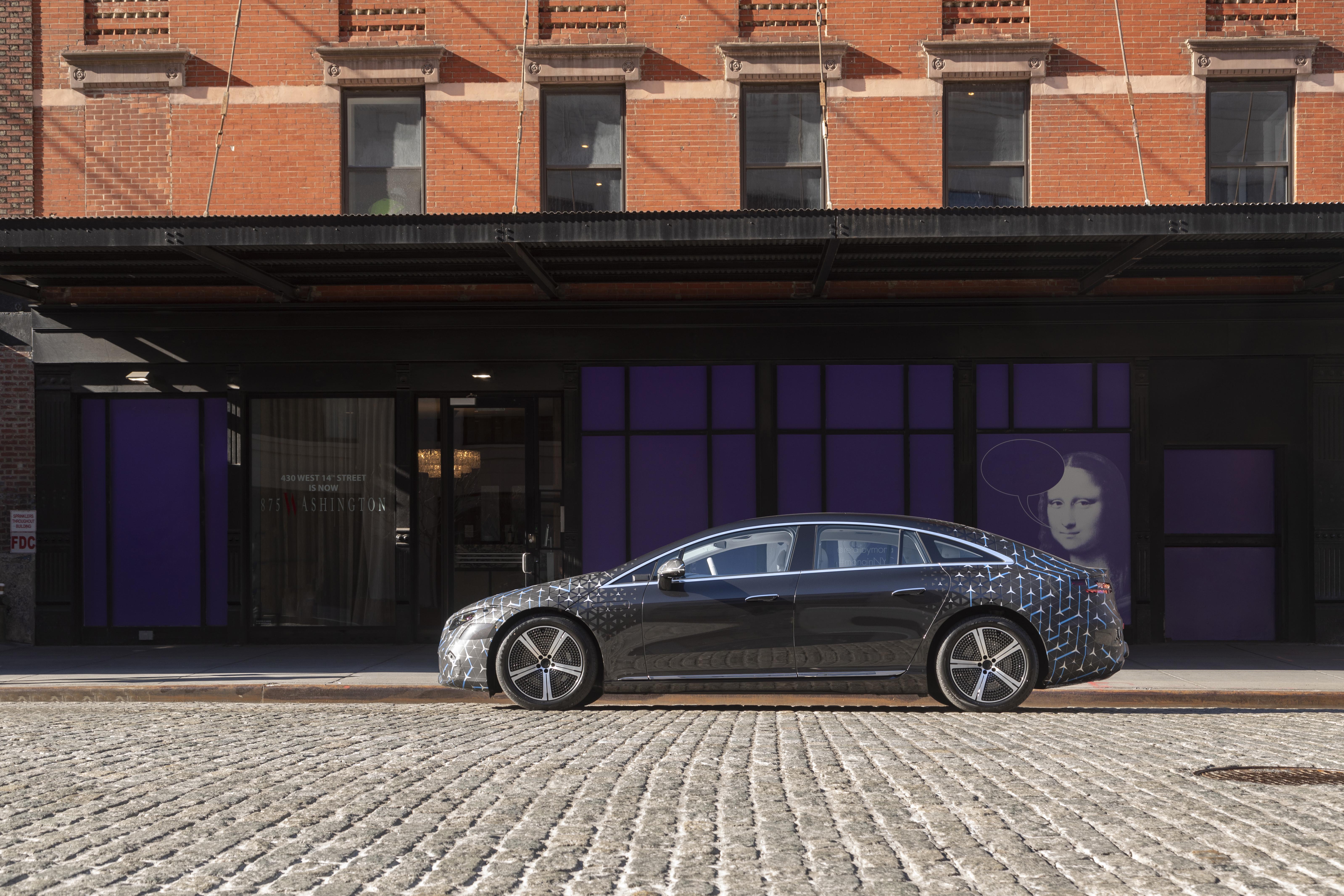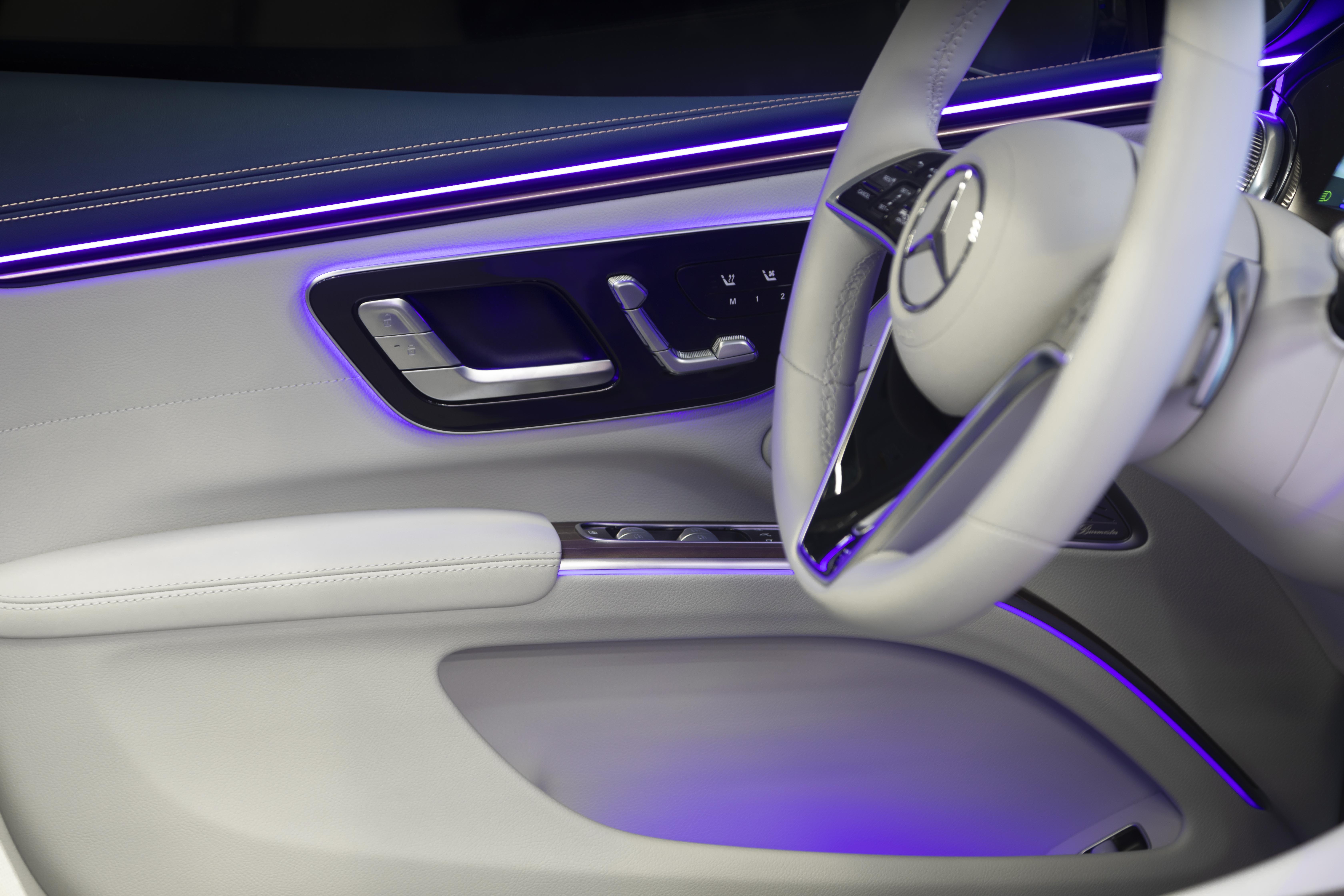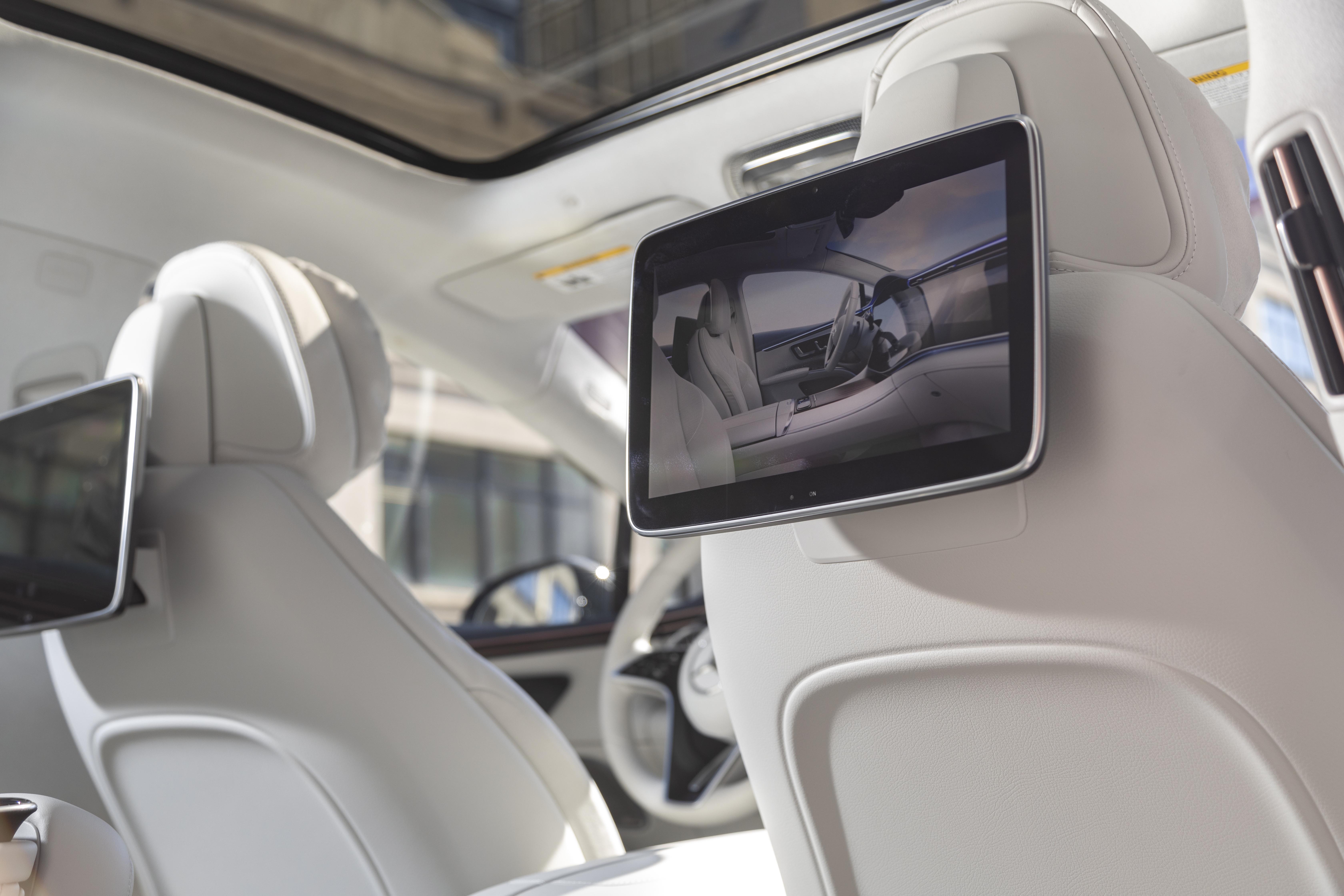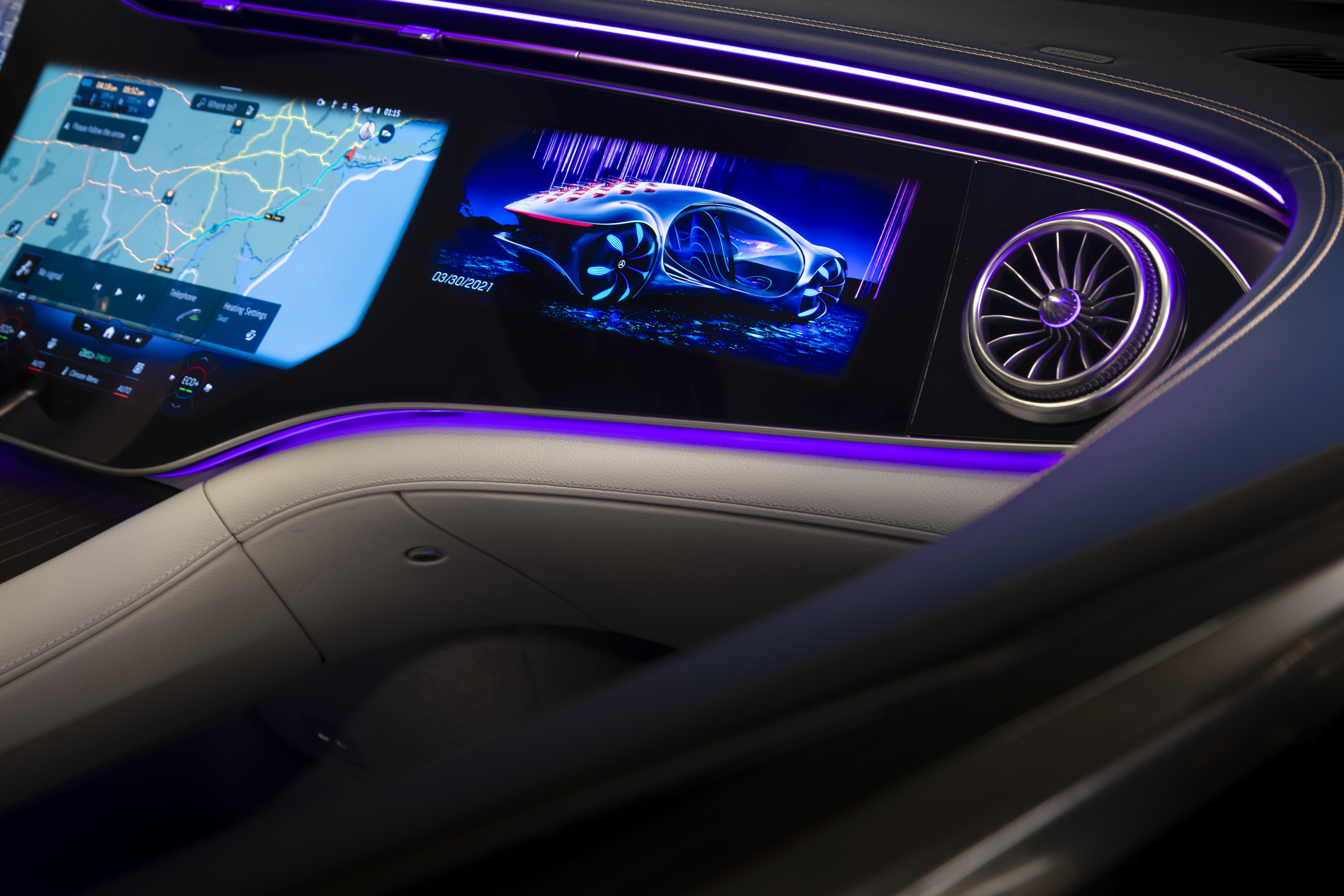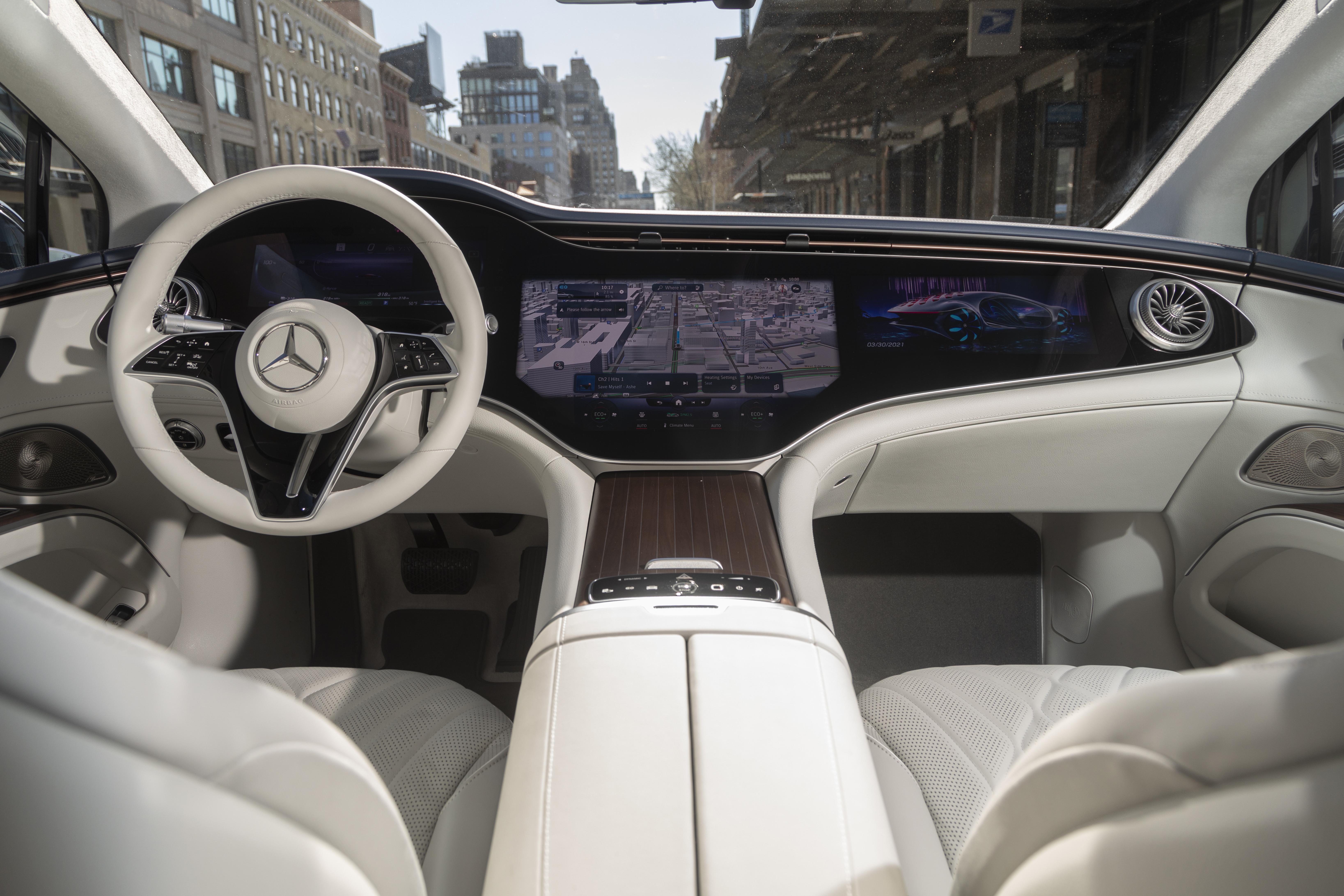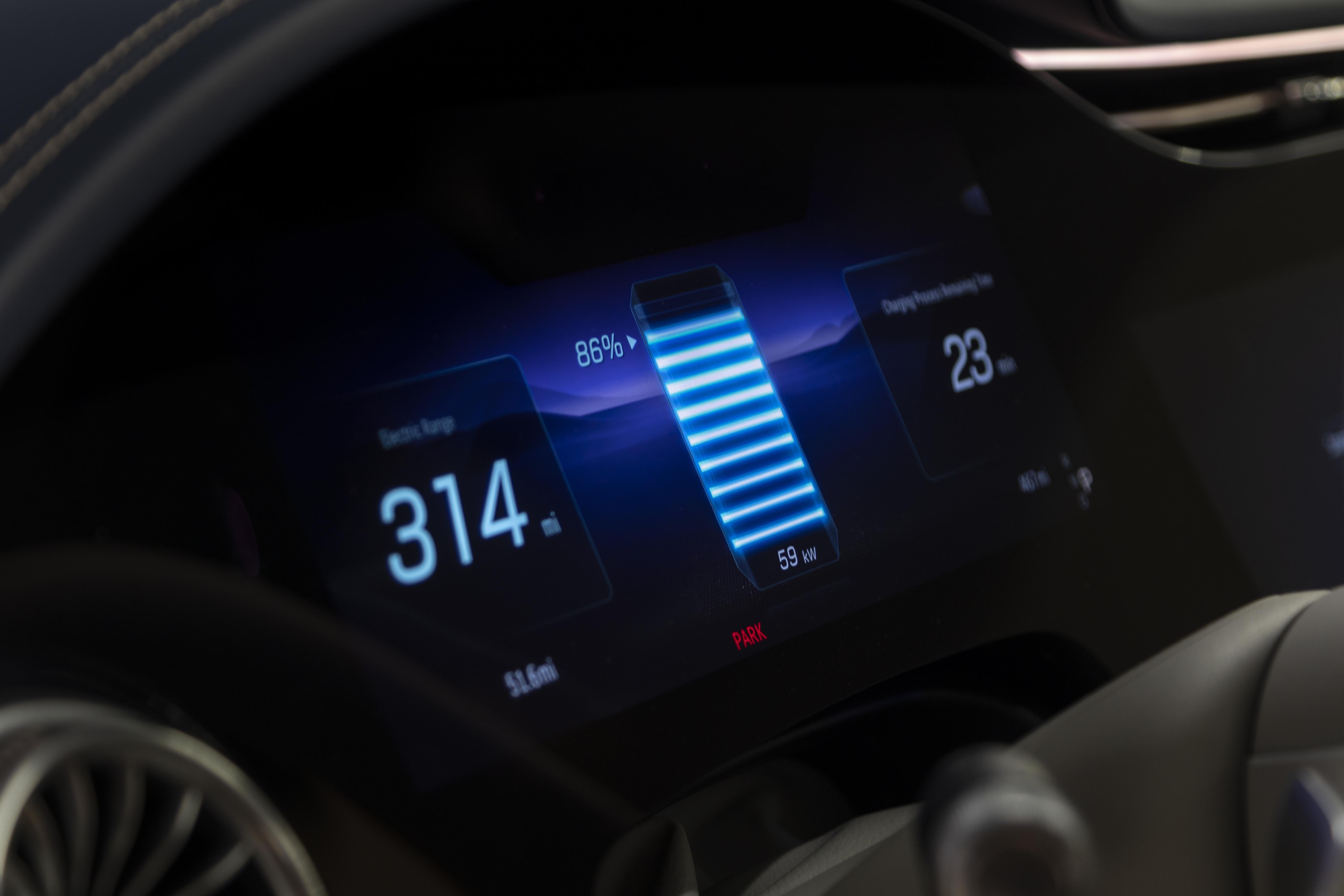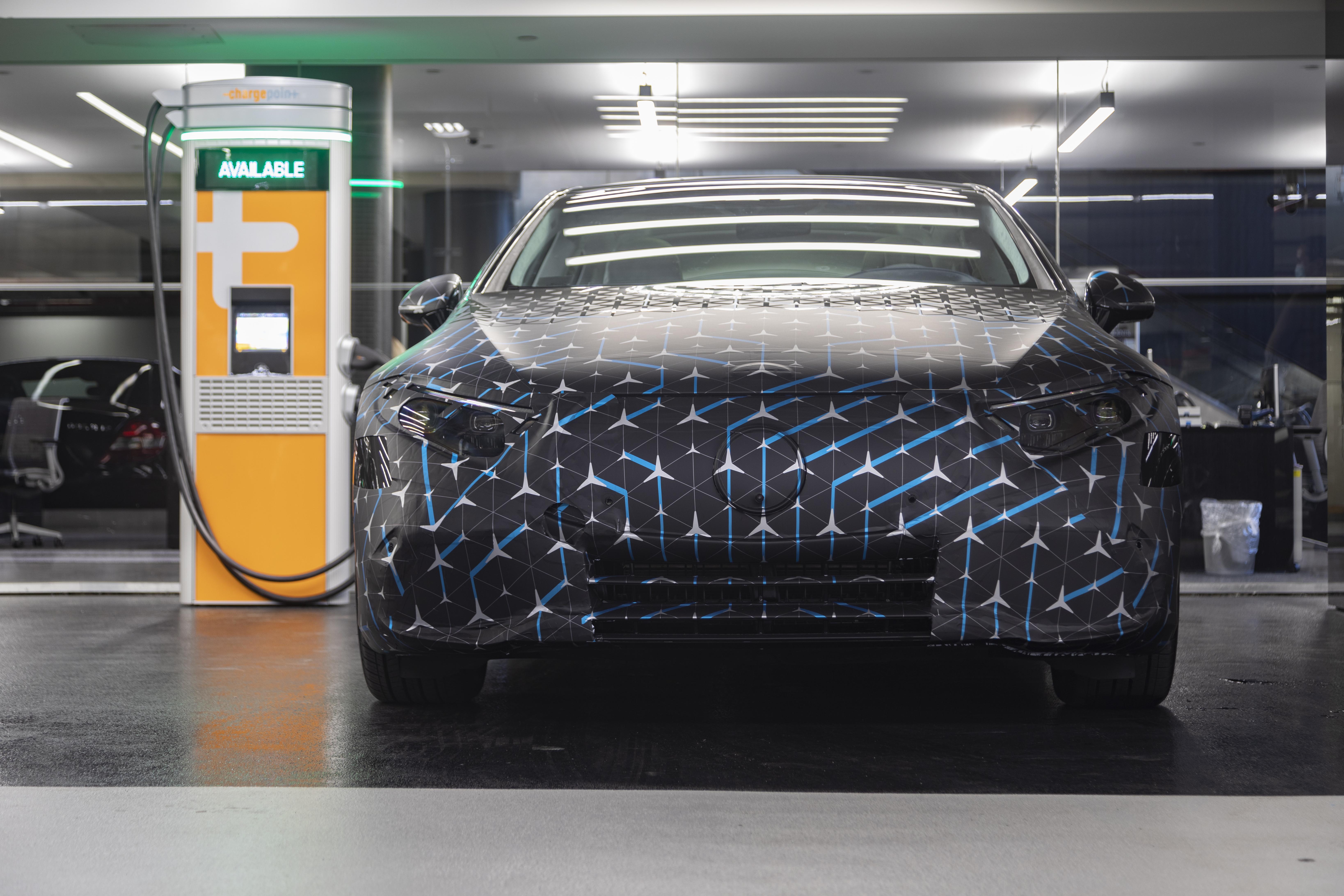- April 12, 2021
- by:
- in: Blog
The Station is a weekly newsletter dedicated to all things transportation. Sign up here — just click The Station — to receive it every weekend in your inbox. Hi there, new and returning readers. This is The Station, a weekly newsletter dedicated to all the ways people and packages move (today and in the future) from
The Station is a weekly newsletter dedicated to all things transportation. Sign up here — just click The Station — to receive it every weekend in your inbox.
Hi there, new and returning readers. This is The Station, a weekly newsletter dedicated to all the ways people and packages move (today and in the future) from Point A to Point B.
Before jump into micromobbin’ and the rest, I wanted to point you to another Extra Crunch piece, this time a deep dive into second-life batteries. As Aria Alamalhodaei reports:
The average electric vehicle lithium-ion battery can retain up to 70% of its charging capacity after being removed. The business proposition for second-life batteries is therefore intuitive: Before sending the battery to a recycler, automakers can potentially generate additional revenue by putting it to use in another application or selling it to a third party.
The upshot: automakers are starting to make moves.
Keep an eye out for Extra Crunch stories on the business of hydrogen, software in micromobility and voice in cars.
One last housekeeping item. The folks at Elemental Excelerator are looking to scale more climate technologies and invest in its 10th cohort of companies. If you’re not familiar, Elemental is a commercial catalyst for growth-stage companies in energy, mobility, agriculture, water, the circular economy, and beyond. (TechCrunch just recently wrote about ChargerHelp!, which is going through the Elemental Excelerator incubator)
The deadline to apply is April 16. Questions? Reach out to Danielle Harris @innovation_dj
Btw, my email inbox is always open. Email me at kirsten.korosec@techcrunch.com to share thoughts, criticisms, offer up opinions or tips. You can also send a direct message to me at Twitter — @kirstenkorosec.
Micromobbin’

Transit authorities in New York City and London have remained steadfast in their refusal to announce the winners of their respective e-scooter pilots, which both should have started weeks ago. But a peek at company websites, LinkedIns and job boards reveal who is at least preparing to enter the last two big frontiers of dockless, shared micromobility.
I’m betting on Lime securing both cities, which feels more like an educated guess given the company’s reach. Dott looks like it’ll be opening up in London; Superpedestrian, and maybe Spin, in NYC. Bird and Voi also have job listings in both cities, but the evidence backing concession wins is not conclusive based on listings alone.
Speaking of Lime, the company rolled out its first e-mopeds in Washington, D.C. and Paris over the past two weeks. This launch makes D.C. the ultimate Lime-stan, being the first city to host all three modes of the company’s transport options which also include e-bikes and e-scooters. City officials and Lime agreed that riders will have to snap a mandatory helmet selfie to be able to take off.
Lime isn’t the only shared micromobility company that’s eyeing expansion. Dutch e-scooter startup Go Sharing is spreading its wings outside the Netherlands with a launch in Vienna, and Berlin-based Tier has acquired Budapest’s app maker Makery. It’s not clear how much Tier paid for the company, but Makery will serve as Tier’s tech hub in Central and Eastern Europe as the company plans expansion later this year.
It seems like the dockless rideshare industry is on its way up, but let us not forget how many stars need to align to make it work. After weeks of delays, U.K.-based Beryl canceled its launch of e-scooters in Staten Island, citing logistical and supply chain issues due to Covid.
New ride swag releases
China’s Niu appears to be doing well, reporting a surge in electric scooter sales in the first quarter, up 273% to almost 150,000 e-scooters. On Tuesday, Niu launched four new vehicles, including a new electric kick scooter that will be sold in international markets starting at $599.
While we’re discussing sexy new rides, check out Segway’s futuristic-looking e-motorcycle. (No, I didn’t think “sexy” and “Segway” could exist in the same sentence either, yet here we are.)
This particular sports bike is a reminder that the company has branched out into the world of cool electric mobility since its 2015 acquisition by Ninebot. The Apex H2 is definitely not the stuff of mall cops and tour groups. What’s more, the new motorcycle is powered by a combination of hydrogen and electricity — essentially hydrogen stored in tanks will be converted into electricity and then stored in a battery. The only byproduct would be water vapor released from the tailpipe.
Post-Rona public transit push
Many policy-focused armchair experts have discussed the potential benefits of cities intertwining with micromobility and rideshare companies to encourage a post-Covid public transit recovery. Sydney, Australia might be the first city to give it a shot.
Starting mid-2021, up to 10,000 riders will be able to use their digital Opal Card to pay for an Uber, a fixed fare Ingogo taxi trip or a Lime bike journey. If they catch public transport within an hour of those rides, they’ll get up to a $3 credit on their Opal account.
— Rebecca Bellan
Deal of the week

OK, so it’s not a done deal yet, but it has the makings of being so large that I just had to make it ‘deal of the week.’
Citing unnamed sources, Bloomberg reported that Southeast Asian ride-hailing and delivery giant Grab Holdings has attracted backing from T. Rowe Price Group Inc. and Temasek Holdings Pte for its planned merger with a blank-check company.
Grab isn’t just a ride-hailing app anymore. It has added all kinds of services to its app such as financial services and food delivery. The value of that app might explain the number of firms that are apparently lining up to join a private investment in public equity offering (PIPE) to support Grab’s combination with Altimeter Growth Corp. BlackRock Inc. is one of those firms that is in talks to participate in the PIPE, which could raise about $4 billion.
The upshot? The deal could value Grab at more than $34 billion. That would make it the biggest SPAC ever.
I’m going to call it. Peak SPAC is here.
Other deals that got my attention this week …
Elior, the corporate catering company has acquired French delivery startup Nestor for an undisclosed amount.
Kavak, the Mexican startup focused on the used car market in Mexico and Argentina, raise a Series D round of $485 million, which now values the company at $4 billion. Kavak is now one of the top five highest-valued startups in Latin America.
Kolonial, a startup based out of Oslo that offers same-day or next-day delivery of food, meal kits and home essentials, has raised €223 million ($265 million) in an equity round of funding. Along with that, the company — profitable as of this year — is rebranding to Oda and plans to use the money (and new name) to expand to more markets, starting first with Finland and then Germany in 2022, Ingrid Lunden reports.
LanzaJet, the company commercializing a process to convert alcohol into jet fuel, gained energy giant Shell as a strategic investor. All Nippon Airways, Suncor Energy, Mitsui and British Airways are also investors. The funding amount wasn’t disclosed. LanzaJet is a spinoff from LanzaTech, one of the last surviving climate tech startups from the first cleantech boom that’s still privately held.
Nuvocargo, a digital logistics platform for cross-border trade, raised a $12 million Series A funding round led by QED Investors and participation from David Velez, Michael Ronen, Raymond Tonsing, FJ Labs and Clocktower. Previous investors NFX and ALLVP also put money into this round.
QuantumScape Corporation said it successfully met the technical milestone that was a condition to close the additional $100 million investment by VW Group. The milestone required Volkswagen to successfully test the latest generation of QuantumScape’s solid-state lithium-metal cells in their labs in Germany. This will be the second and final closing under the May 14, 2020 stock purchase agreement between VW and QuantumScape that provided for a total $200 million investment. (I missed this one last week).
Spinny, the India-based online used car marketplace, raised $65 million in its Series C financing round led by Silicon Valley-headquartered venture firm General Catalyst. Feroz Dewan’s Arena Holdings, Think Investments and existing investors Fundamentum Partnership — backed by tech veterans Nandan Nilekani and Sanjeev Aggarwal — and Elevation Capital participated as well.
Swyft, a company that helps retailers compete with Amazon by offering same-day delivery, raised $17.5 million in a Series A round co-led by Inovia Capital and Forerunner Ventures, with participation from Shopify and existing investors Golden Ventures and Trucks VC.
Notable reads and other tidbits

Some interesting items this week.
Ride-hailing
Uber announced a $250 million stimulus to try to entice drivers back after the pandemic. As vaccinations increase, so do Uber bookings, but there are not enough drivers to meet demand after many stopped working over the last year. This stimulus will see existing, returning and new drivers receive bonuses.
Autonomous vehicles
Apple CEO Tim Cook hinted heavily at the autonomous future of its Apple car, during an interview on the “Sway” podcast with Kara Swisher.
Aurora CEO Chris Urmson, who is the new chair of the World Economic Forum’s Global AV Council, led a discussion with industry and government leaders about the benefits of self-driving trucking – safety, service, and sustainability – and how self-driving will change our workforce. Urmson later shared his views in a post on LinkedIn. Uber CEO and Aurora Board member Dara Khosrowshahi was the previous chair of this council.
Verizon and Honda announced a partnership on Thursday to test 5G and mobile edge computing to make driving safer. We’re a long way away from even having a viable 5G network, let alone cars that can operate on it. But eventually, they hope to apply this kind of tech to self-driving vehicles. Side note: This isn’t Verizon’s first 5G-meets-MEC-and-vehicle rodeo. The company has been testing at Mcity since 2019. Last November, Renovo Auto (which Verizon is backing) released a video demonstrating how 5G and MEC coupled with its automotive data platform indexes and filters Advanced Driver Assistance System vehicle-data in near-real time. The tests were also conducted at Mcity.
Electric vehicles
GM is adding an electric Chevrolet Silverado pickup truck to its lineup, as the automaker pushes to deliver more than 1 million electric vehicles globally by 2025. The Chevrolet Silverado electric full-size pickup will be based on the automaker’s Ultium battery platform and GM estimates the range will be more than 400 miles on a full charge. GM is targeting both the consumer and commercial market with this new electric pickup.
Polestar set a “moonshot goal” to create the first climate-neutral car by 2030. It’s a goal that won’t achieved by widely practiced offsetting measures, such as planting trees. Instead, Polestar aims to rethink every piece of the supply chain, from materials sourcing through to manufacturing, and even by making the vehicle more energy efficient.
Wildcat Discovery Technologies, a technology company developing new battery materials, has gained Peter Lamp, general manager of the battery cell technology group at BMW AG, as a board member.
eVTOLs
Wisk Aero, the air mobility company borne out of a joint venture between Kitty Hawk and Boeing, filed a lawsuit against Archer Aviation alleging patent infringement and trade secret misappropriation.
In-car tech
GM confirmed that its idling more plants and extending shutdowns at other facilities in North America due to a continued shortage of semiconductor chips that are used to control myriad operations in vehicles, including the infotainment, power steering and brake systems. Eight assembly plants are affected by the temporary closures.
Of course, GM is hardly the only automaker to be impacted by the global chip shortage. Competitor Ford has also had to temporarily pause production at some factories, while other automakers such as Subaru and Stellantis (the automaker formed by the 2021 merger of Fiat Chrysler Automobiles and Groupe PSA).
TC Sessions: Mobility 2021
The TC Sessions: Mobility 2021 event will be virtual again. But that hasn’t stopped us from putting together a stellar list of participants. We just starting to announce who will be on our virtual stage June 9.
Here’s one biggie: we’re bringing Joby Aviation founder JoeBen Bevirt and famed investor and LinkedIn co-founder Reid Hoffman together on stage. If my recent interview with those two provides an indication of what’s to come, it should be eye opening.
Early Bird tickets to the show are now available — book today and save $100 before prices go up.
Bevirt and Hoffman will discuss building a startup — and keeping it secret while raising funds — the future of flight and, of course, SPACs. If you recall, Joby announced in February that it would become a publicly traded company through a merger with Reinvent Technology Partners, a special purpose acquisition company formed by Hoffman and Zynga founder Mark Pincus.
“We approach it (SPACs) as venture capital at scale,” Hoffman told TechCrunch in a February interview. So it’s not a ‘this-year thing,’ it’s a next three years, next five years, next 10 years.”
And yes, Hoffman believes SPACs are here to stay. Although we plan to check in on his stance in June. “I think that it’s valuable to the market and valuable to society to have multiple, different paths by which companies can go public,” Hoffman said.
Other guests to TC Sessions: Mobility 2021, includes investors Clara Brenner of Urban Innovation Fund, Quin Garcia of Autotech Ventures and Rachel Holt of Construct Capital, as well as Starship Technologies co-founder and CEO/CTO Ahti Heinla. Stay tuned for more announcements in the weeks leading up to the event.


